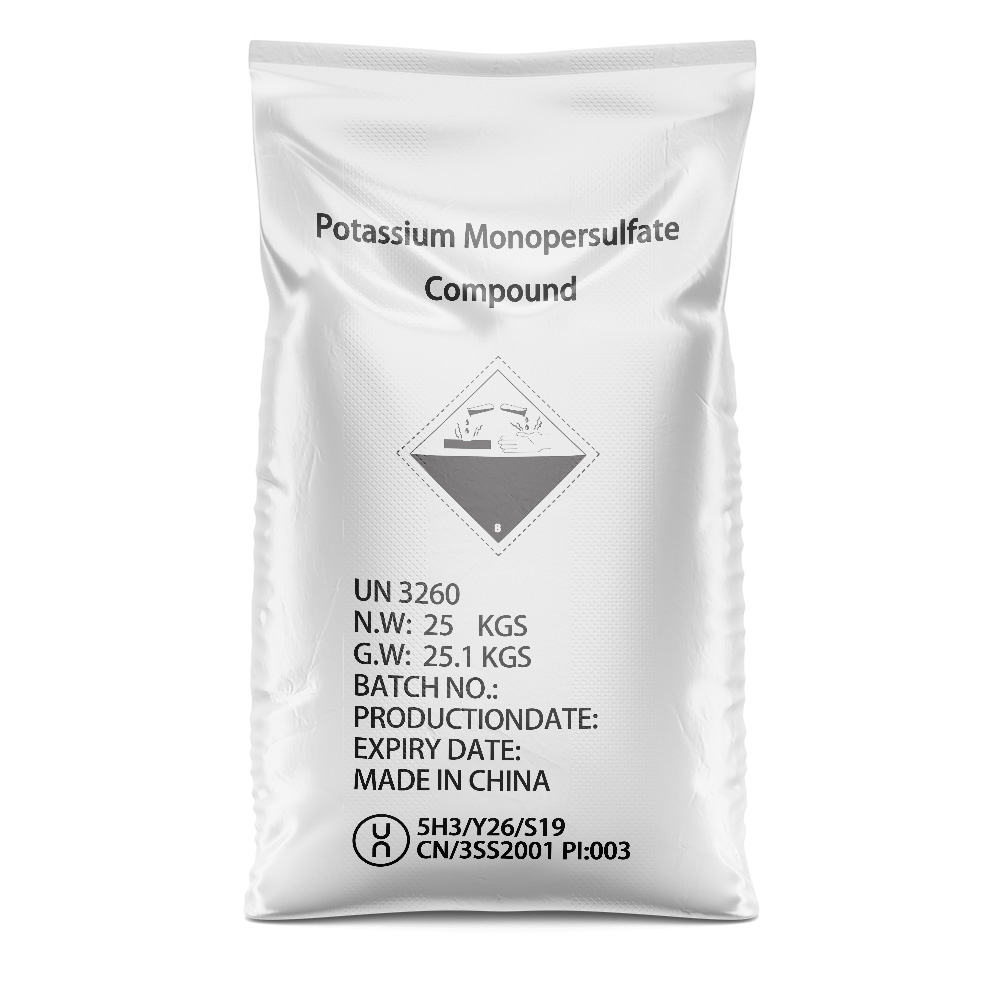



Polyacrylamide Manufacturing Process | Quality PAM Production
Polyacrylamide Manufacturing Process
Polyacrylamide (PAM) is a versatile polymer widely used in various applications, ranging from wastewater treatment and soil conditioning to enhanced oil recovery and paper production. The manufacturing of polyacrylamide involves a complex process that begins with the polymerization of acrylamide monomers. This article delves into the essential steps of the polyacrylamide manufacturing process.
1. Raw Material Preparation
The manufacturing process of polyacrylamide starts with the preparation of raw materials, primarily acrylamide and crosslinkers. Acrylamide is synthesized from acrylonitrile through a hydration process. Safety precautions are crucial during the handling of acrylamide, as it is a neurotoxin if inhaled or ingested. Other additives or modifiers may also be incorporated to enhance the properties of the final product.
2. Polymerization
The core stage of polyacrylamide production is polymerization, which involves the chemical reaction of acrylamide monomers to form the polymer chain. This reaction typically occurs in an aqueous solution. The use of radical initiators, such as potassium persulfate or ammonium persulfate, is essential in this phase as they initiate the polymerization by generating free radicals that react with the acrylamide monomers.
The polymerization conditions, such as temperature and pH, are meticulously controlled to ensure the desired molecular weight and polymer structure. Direct polymerization can yield linear polyacrylamide, while the introduction of crosslinkers allows for the creation of gel-like structures that enhance the polymer's properties for specific applications.
polyacrylamide manufacturing process

After polymerization, the resulting product is usually in a slurry form, containing unreacted monomers, water, and other byproducts. Purification is crucial to remove any residual acrylamide, which poses health risks. This step may involve filtration, precipitation, or other separation techniques.
Once purified, the polyacrylamide can be dried to produce a solid powder or granules. Drying methods such as spray drying or rotary drying are commonly employed, allowing for easy handling and storage of the finished product.
4. Quality Control
Quality control is an integral part of the polyacrylamide manufacturing process. Rigorous testing is conducted to assess the polymer's molecular weight, viscosity, and purity. These tests ensure that the final product meets the specific requirements for various applications, from industrial uses to environmental remediation.
5. Packaging and Distribution
Once the product passes quality control, it is packaged in appropriate containers for distribution. The packaging must protect the polymer from moisture and contamination, ensuring that the integrity and quality are maintained during transportation.
In conclusion, the manufacturing process of polyacrylamide is a meticulous procedure that requires careful attention to detail from raw material preparation to quality control. The result is a polymer with diverse applications that contribute significantly to various industries, underscoring its importance in modern chemical manufacturing.
-
Why Strontium Carbonate Still MattersNewsJun.06,2025
-
Why BaSO4 MattersNewsJun.06,2025
-
Why Barium Carbonate Still MattersNewsJun.06,2025
-
Strontium Hydroxide: A Versatile Compound for Modern ApplicationsNewsJun.06,2025
-
Strontium Chloride in Daily IndustryNewsJun.06,2025
-
Pure Potassium Nitrate for SaleNewsJun.06,2025
-
What Is Sodium Bisulfate Used For?NewsMay.15,2025










